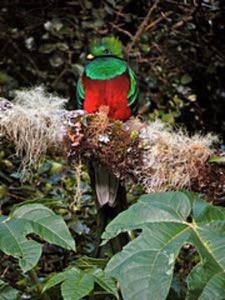Acoustic archaeology is a burgeoning field of inquiry into the past. The discipline seeks to understand how sound played a role in a given culture, using the artifacts of that culture and to abstract and reproduce sound from their artifacts. Also called archaeoacoustics, earlier explorations seems to have been a bit more oozy-groovy than how it is currently practiced. What makes recent explorations fascinating for us is how easy it is to share a direct experience of that past via social media.

We have found some hopefully representative examples, both of ancient sound and explorations of those sounds, to share with you.
Babylonian poetry resurrected. The extinct Babylonian language was reconstructed in its spoken form by a group of scholars from Cambridge University headed by Dr. Martin Worthington. In order to uncover the secrets of the language’s sounds, the group studied letter combinations and patterns internal to the written language and compared it to transcriptions into other, better known ancient languages.

Listen to Babylonian poetry.
Peruvian culture used architecture to create altered states. Miriam Kolar, of the Center for Computer Research and Acoustics at Stanford, spoke to Discovery News about her work on the underground tunnels created by the 3,000 year-old Chavín culture. Her work has shown the tunnels create a discomfiting rumble that resonates in the skull of living beings.
(Quote from Koral updated.)
“The structures could be physically disorienting and the acoustic environment is very different than the natural world. The iconography shows people mixed with animal features in altered states of being. Many of these figures have mucus trailing out of the nose indicative of people using psychoactive plant substances, so it’s a likely they were having a hallucinogenic experience.”
No samples of the tunnel acoustics are currently available online, but listen to a 3,000 year-old Chavín pututu conch shell flute being played; and now, a chorus of them.
The Mayan pyramid chirped like the sacred Quetzal. David Lubman compared the call of the sacred Quetzal bird, called the “spirit of the Maya,” to the sound of clapping at the main staircase of Chichen Itza’s Kukulkan pyramid. They were sonically equivalent. Kukulkan was associated symbolically with the bird. If they did built the pyramid to create the sound on purpose, why?

“In the cloud forest, sound can be more important than vision, because one can hear father than one can see. The acoustic channel in cloud forests is rich with the sounds of birds, insects and animals.”
Listen to two Quetzal calls, followed by two claps in front of the main stair.
Stonehenge speaks. Was Stonehenge designed for sound as well as sight? It may well have been if the work of Trevor Cox and his peers are any indication. After “finger printing” the individual stones to measure the location’s “impulse response,” the acousticians plotted echo patterns and ran “anechoic” recordings of drumming through them on a computer.
Listen to the impulse response drumming from the incomplete original of Stonehenge and another from the impulse response of the replica of the complete Stonehenge at Maryhill, Washington in the U.S.
What does it all mean? That as a race we may have encoded the sounds that were important to us into the artifacts that we left behind as we moved through time. What sounds will our descendants find us to have valued?
Kukulan and Chavín photos from Wikimedia Commons | Quetzal photo by Tory Porter | additional sources: Discovery










